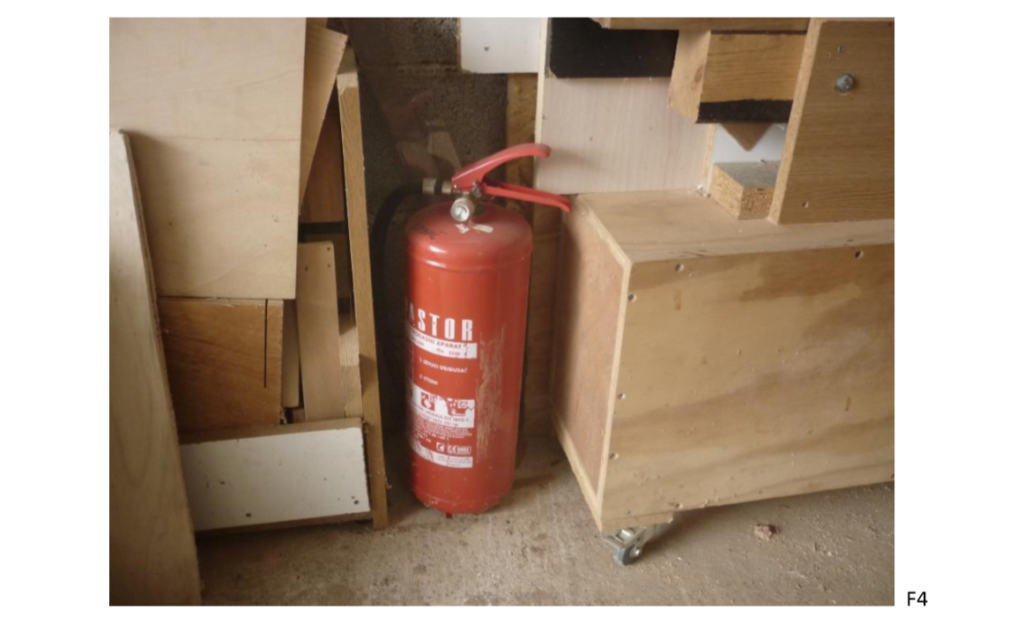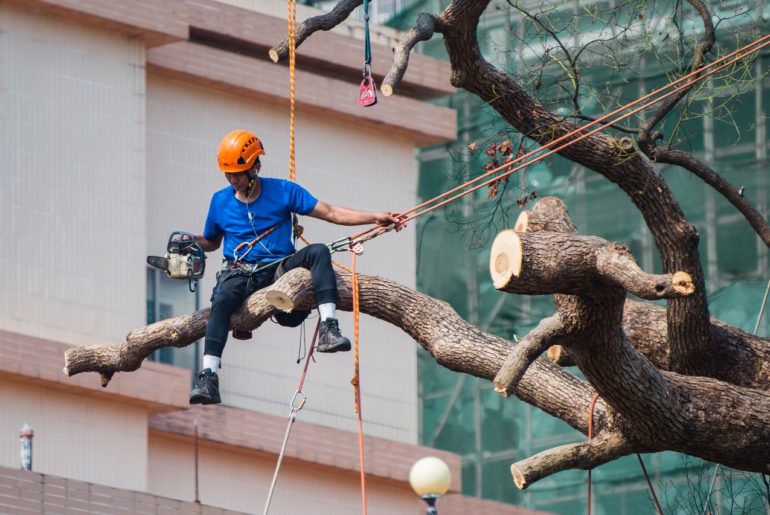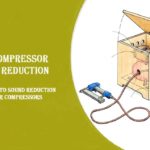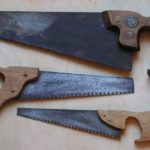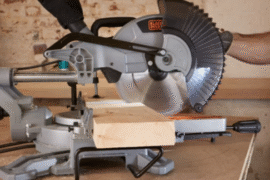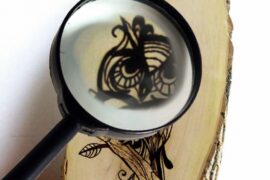Consideration should be given to personal protection measures before using different industrial machines and using industrial power tools. Also working in a woodworking workshop requires safety considerations.
See 10 Woodworking Safety Tips That Any Woodworker Needs To Know!
In this article, we have prepared a list of woodworking safety equipment list you need to have. Stay with us.
Basic Head Protection Aids
We particularly emphasize eye/face protection, ears, lungs, hands/fingers, general fire protection. In the 1st photo, there are some basic head protection aids.
Safety Glasses
Safety glasses are the most recommended eye protection when working with any machine. When working on wood with any machine, small parts of wood or sawdust can be blown off and out into the air.
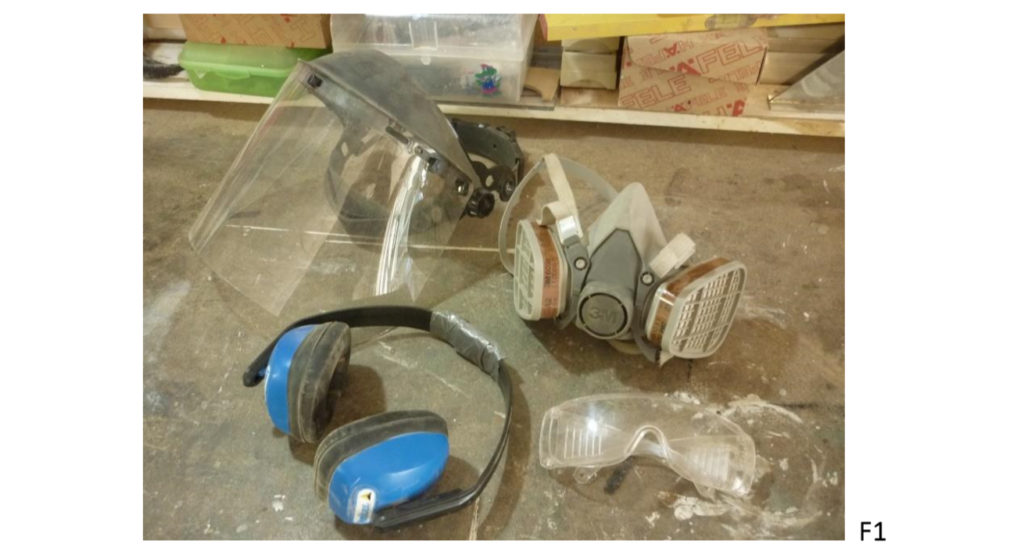
Face Shield
A full-face mask (Face Shields) is recommended for woodturning, as broken rotating parts can injure any part of the face at high speed.
Ear Protection
Circular saws, milling machines, and blades emit strong irritating sounds.
Lichtenberg Wood Burning eBook

Download Lichtenberg Wood Burning eBook
One of the modern techniques for creating wooden artwork is called Lichtenberg wood Burning. In this eBook, we are going to introduce this newfound art to you.
This technique is known with some different names such as Lichtenberg wood burning, fractal wood burning, and electricity wood art.
This technique should not be confused with wood burning art or pyrography. The art of pyrography on wood is the art of creating motifs and designs by burning with hot metal tools on objects such as wooden surfaces.
Lichtenberg burning is a wood-burning technique for creating designs with electricity.
This eBook is a comprehensive guide on Lichtenberg Wood Burning. All you need to know for Lichtenberg Wood Burning is here.
This is a limited-time offer, order now to get access to the future eBook releases.
Prolonged exposure to noise can permanently damage hearing.
It’s also not comfortable working in a noisy environment.
To protect your ears, it is best to have one such ear protection that can muffle loud noises.
Dust Masks
Working with machines generates large quantities of sawdust and small wood dust that inhales into the lungs.
Various sprayers emit tiny poisonous particles in the paint and varnish.
Therefore, it is advisable and mandatory to use any type of dust masks.
From the simpler ones that only cover the nose and mouth, to the more sophisticated ones that have interchangeable filters installed (photo 1).
Safety Tips When Working on a Table Saw
When working on a table saw, the two most common dangers include:
1- danger to fingers and hand
The saw rotates at high speed and can easily injure or cut off the fingers/palms/ hands.
In the professional literature, the so-called minimum ” safe zone/distance” within which the fingers should not be approached. This minimum distance is about 6 inches to 15 inches.
2- The risk of the parts of the workpieces being cut, in the direction of the head – a blowback
Another danger of using a table saw is the so-called ‘blowback’ or kickback, which also occurs with other machines (table saws and milling machines).
A backlash on a circular saw occurs when the rear end of the saw, which has an upward rotation, engages the workpiece and lifts it and throws it into the air towards the head of the one standing in front.
This occurs when sawing workpieces because the saw tends to twist wood toward the gap, i.e., to approach each other on the exit side, where it engages the back end of the lifting rotation of the saw. This can be prevented in many ways.
Riving Knife
Riving knife is the one which you may have seen in a table saw that prevents the scattered slats from approaching each other i.e. toward the saw.
This knife should be about 3-4mm behind the saw and 2-3mm below the height of the saw.
Furthermore, there is usually a hole in this knife to hold the protective gap above the saw blade, which also prevents the workpiece from being lifted as it is positioned about 2-3mm above the thickness of the workpiece (photo 2).
If you want to read more about Riving Knife, we suggest its page on wikipedia.
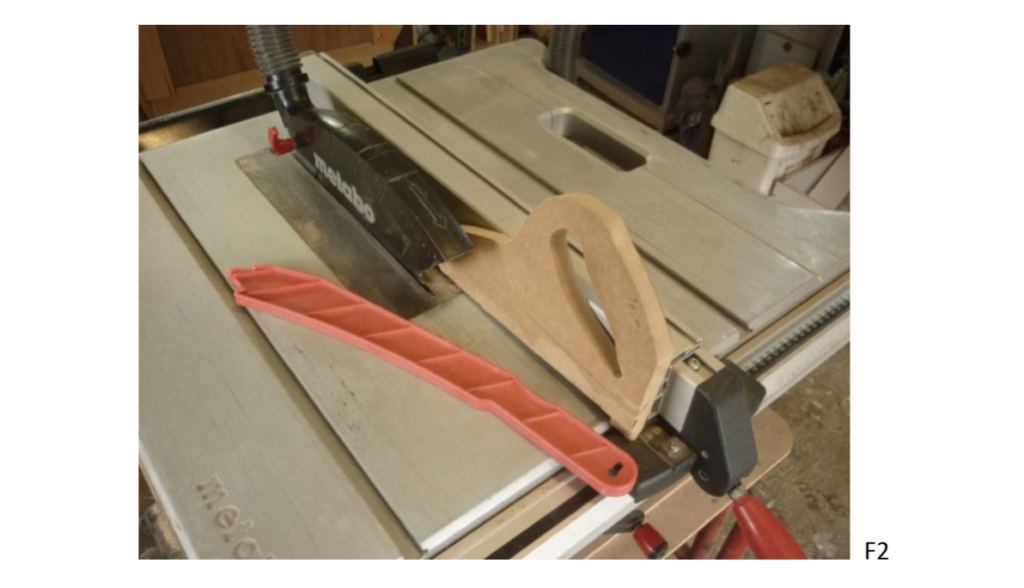
Adjusting the height of the saw blade when not using this protective gap can also greatly reduce or eliminate backlash.
The height of the saw blade is adjusted 3-4mm above the thickness of the workpiece to be cut – thus reducing the surface which the saw touches, and also reducing the possibility of lateral engagement of the workpiece.
One Point To Consider
When using saws in general, it is always necessary to stand left or right of the saw, depending on whether you are right-handed or left-handed. That way, if anything comes up, it will get past your head and no injury should occur.
Working with a milling machine and a planer is also extremely dangerous with the fingers, because the rotating parts do not cut, as with a circular saw, but they tear so that the injuries on these machines are much more severe.
On these machines, the workpiece backlash can also occur at high speed, and unprotected fingers remain in place due to inertia and may come into contact with knives and milling cutters.
To prevent this, it is necessary to use something different as “pushers” to hold and push the workpiece – Photo 3.
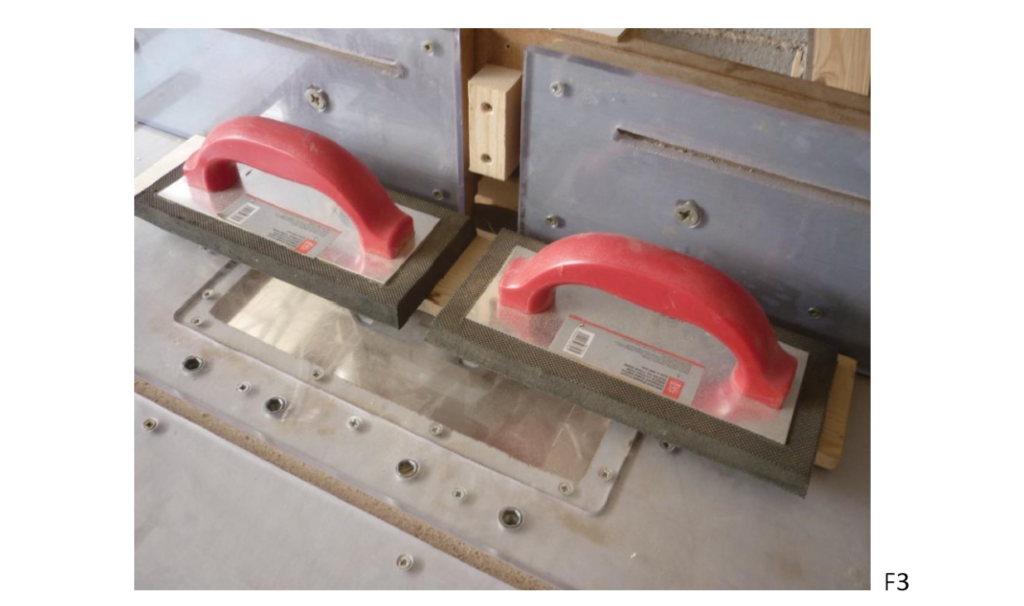
Other Woodworking Safety Equipment
Other protective equipment may include work overalls, shoes with a front hard hat (prevention of injuries from falling heavy pieces on the toes), a hat and gloves, which are a desirable option.
Particular care should be taken when selecting gloves that do not have loose or dangling parts that can cling to the machine.
Generally, when working with rotary machines, long-sleeved clothing that is hanging and loose, hanging jewelry or rings on hands should be worn, and long hair should be tied into the tail.
Workshops can experience sparks from a variety of machines and electrical installations.
Furthermore, there is a lot of combustible material in the joinery workshop: wood, timber, laminated boards, paints and varnishes, adhesives, paper, etc.
All these together can lead to a sudden fire, so it is mandatory to have a fire extinguisher. (4th photo).
